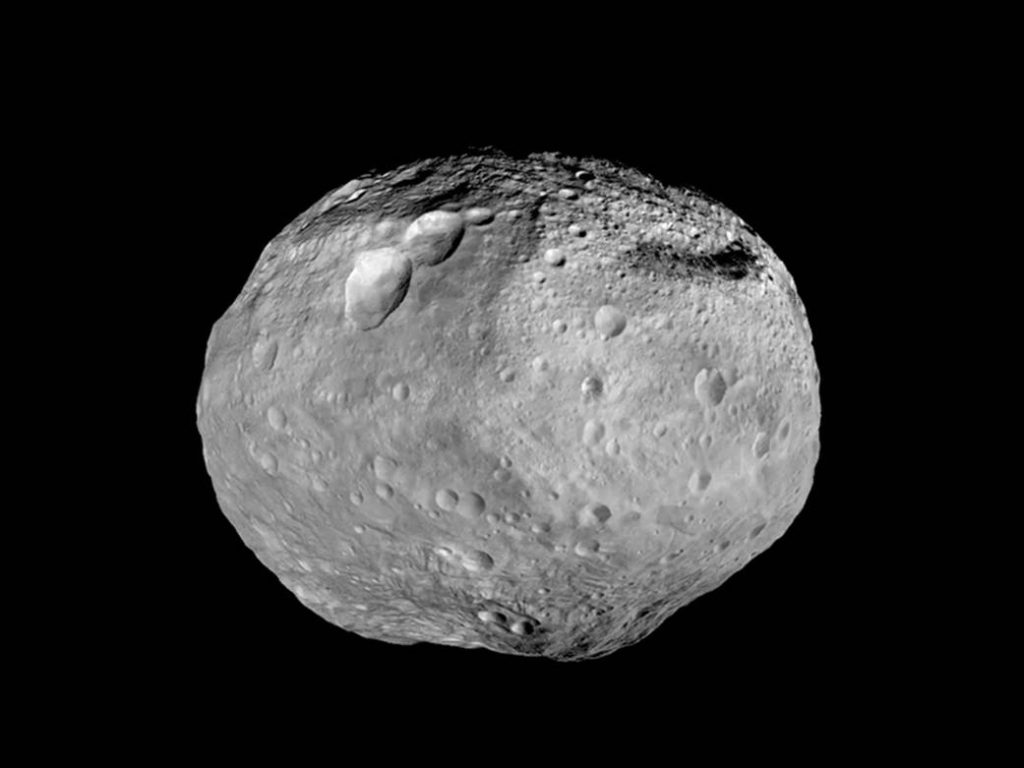By Erich Karkoschka

Mercury is an easy dawn object in the east-southeast, but only until the 10th since it is moving fast toward the sun. At the beginning of the month it passes Spica but their distance increases to 14 degrees by the 10th. The best morning is the 3rd when the moon joins both of them.

Venus is at its best this month. It reaches its brightest possible magnitude of -4.9 at the end of the month. This is so bright that it can be found in daylight, such as 3:20 pm 30 degrees hight straight south. It is brilliant after sunset. It is so far south that just past 8 pm it sets further left than the sun can ever set. Its phase can be seen in binoculars, going form half illuminated at the beginning of the month to a thick, large crescent by the end.

The Moon has a great eclipse on the 18th-19th, although not at the best time of the night. It probably is the greatest partial eclipse of your life since 97 percent of its diameter will be inside the umbra at maximum, or 99 percent of its disk area. Maximum is at 2:03 am. Partial phase lasts from 12:18 am to 3:47 am. The interesting phase around maximum lasts for quite a while this time, but only a couple of minutes during most total lunar eclipses. It is interesting because of the contrast between the dark red moon in the umbra and the very bright and very narrow part of the moon getting direct sunlight. At maximum phase, the moon might be dark enough that shadows disappear. Its location only 5 degrees from the Pleiades should be beautiful. The moon transits at the beginning of the eclipse 77 degrees high.

Mars has been behind the sun for a while. At the end of the month, it slowly becomes visible again during dawn.

Jupiter and Saturn transit during the early evening, separated by 15 degrees. In a telescope it is a good time to watch their satellites. This month, the orbits of Jupiter’s satellite are almost edge-on. This means that they appear perfectly in a line and pass each other very closely. On the 23rd, a rare event happens. The two largest satellites, Ganymede and Callisto, cast their shadows onto the planet simultaneously. This happens about once every 5 years, but most of these events happen during daylight or when Jupiter is below the horizon. At sunset, both shadows are close to each other on the eastside of the disk. Ganymede’s shadow is faster and exits 7:39 pm, Callisto’s shadows leaves at 9:03 pm.


Uranus comes into opposition in Aries. So, it is up all night and 73 degrees high at midnight. It is visible naked eye in principle, and no other star of 6th magnitude is currently nearby.

Neptune can be found in binoculars 50 degrees further west of Uranus.


